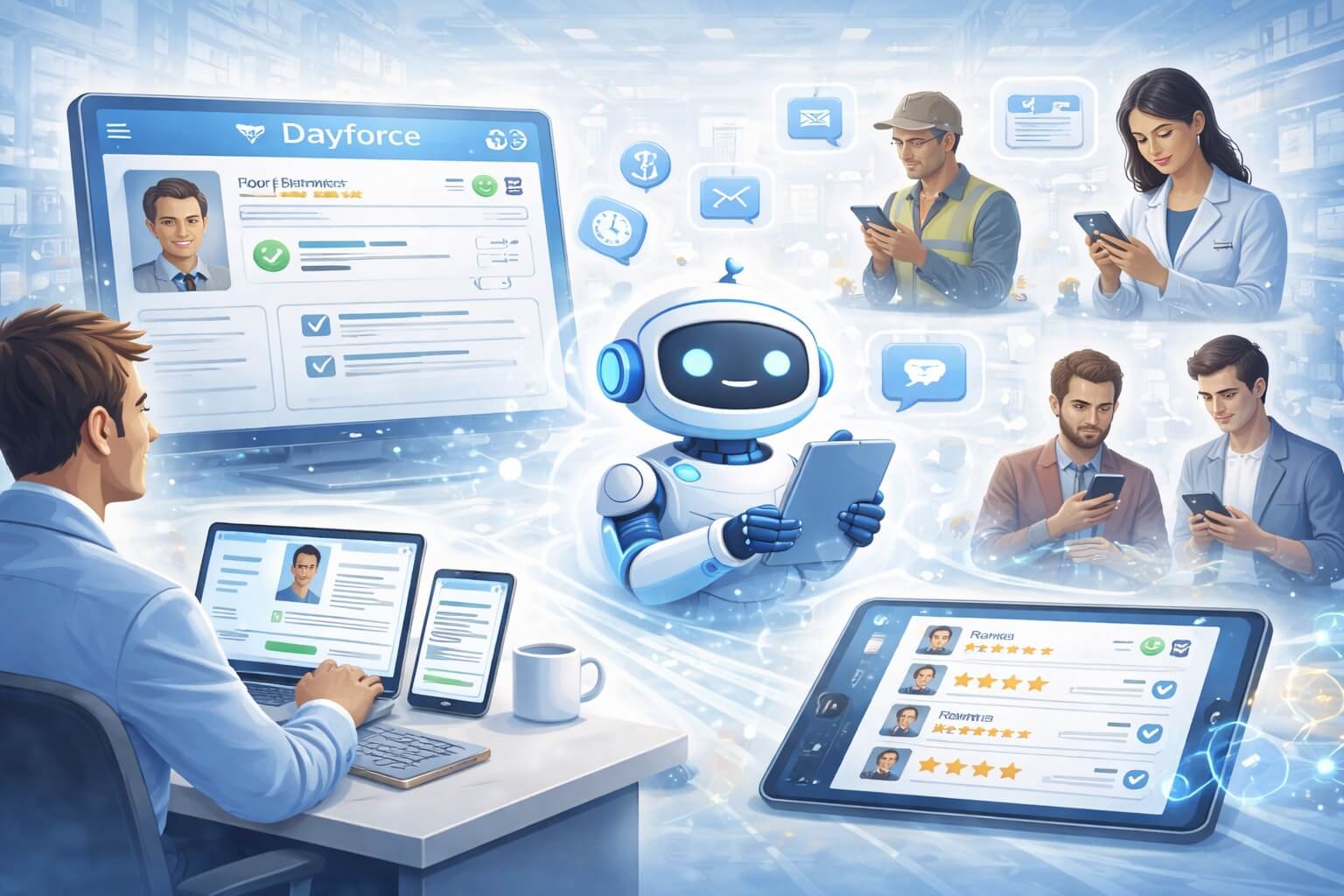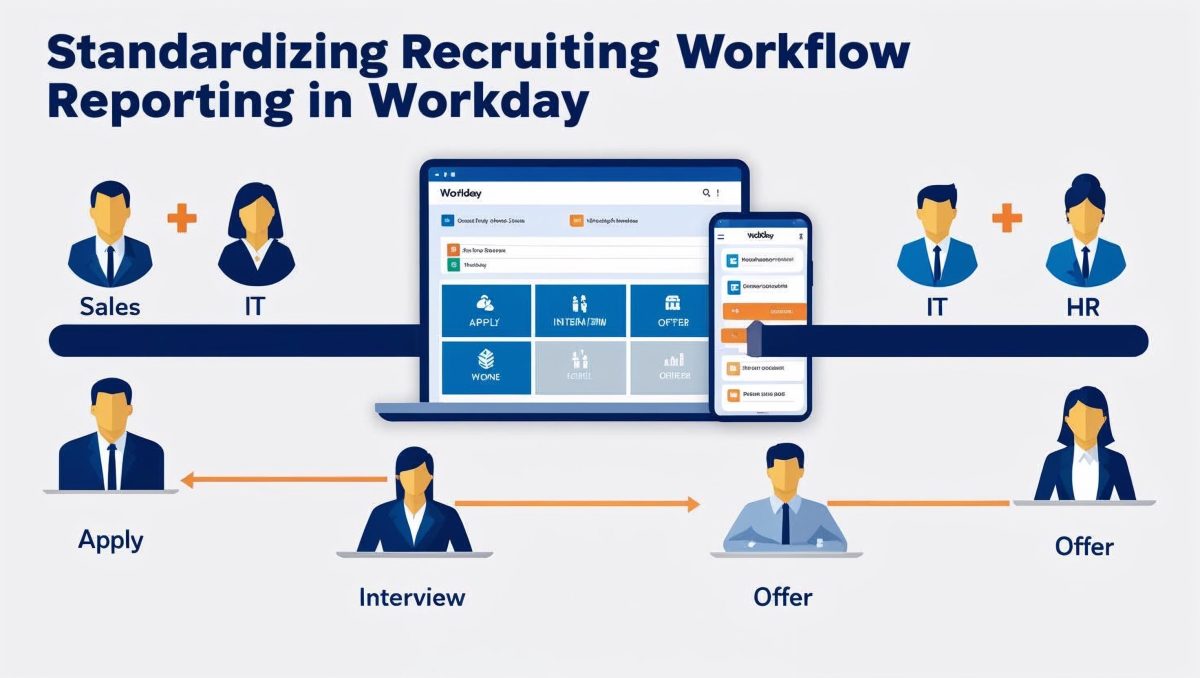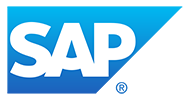Standardizing recruiting workflow reporting in Workday is challenging due to diverse global processes. CloudApper offers a solution by normalizing data, enabling consistent metrics and insights across departments and countries without altering Workday configurations.
Table of Contents
Standardizing recruiting workflow reporting in Workday is a growing concern for enterprise talent acquisition and HR analytics teams. As organizations expand across departments and regions, each with their own hiring practices, reporting becomes increasingly inconsistent and difficult to scale. And while Workday allows customization at the Business Process (BP) level, those customizations create serious challenges when it comes to reporting.
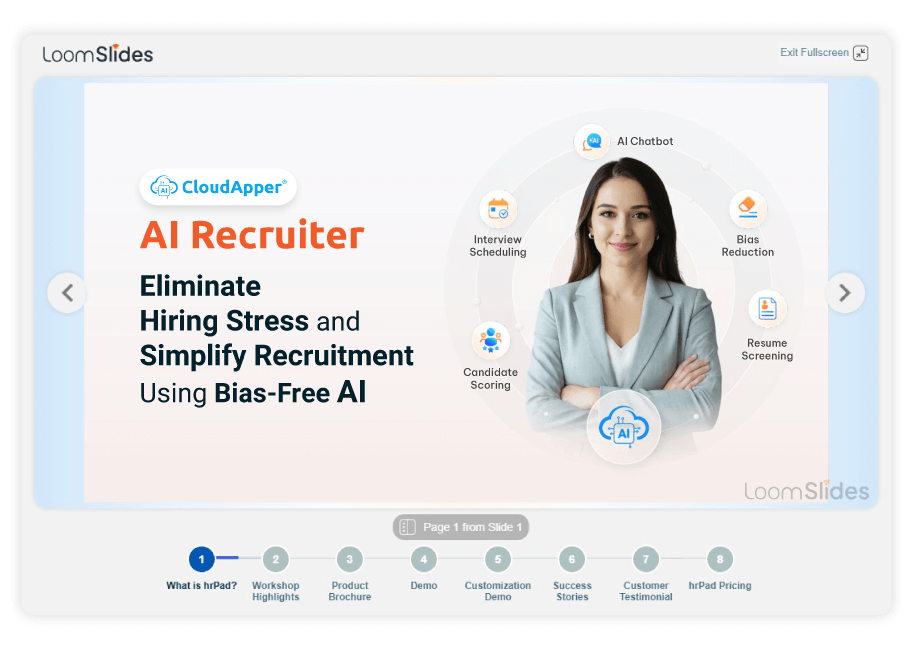
For more information on CloudApper AI Recruiter visit our page here.
Different countries, departments, and job types often require unique recruiting steps. But once those workflows diverge, so do your metrics. This makes answering basic questions—like time-to-fill, drop-off rate, or stage conversion—complex, manual, and inconsistent.
The Real-World Problem: Workflow Chaos in Workday
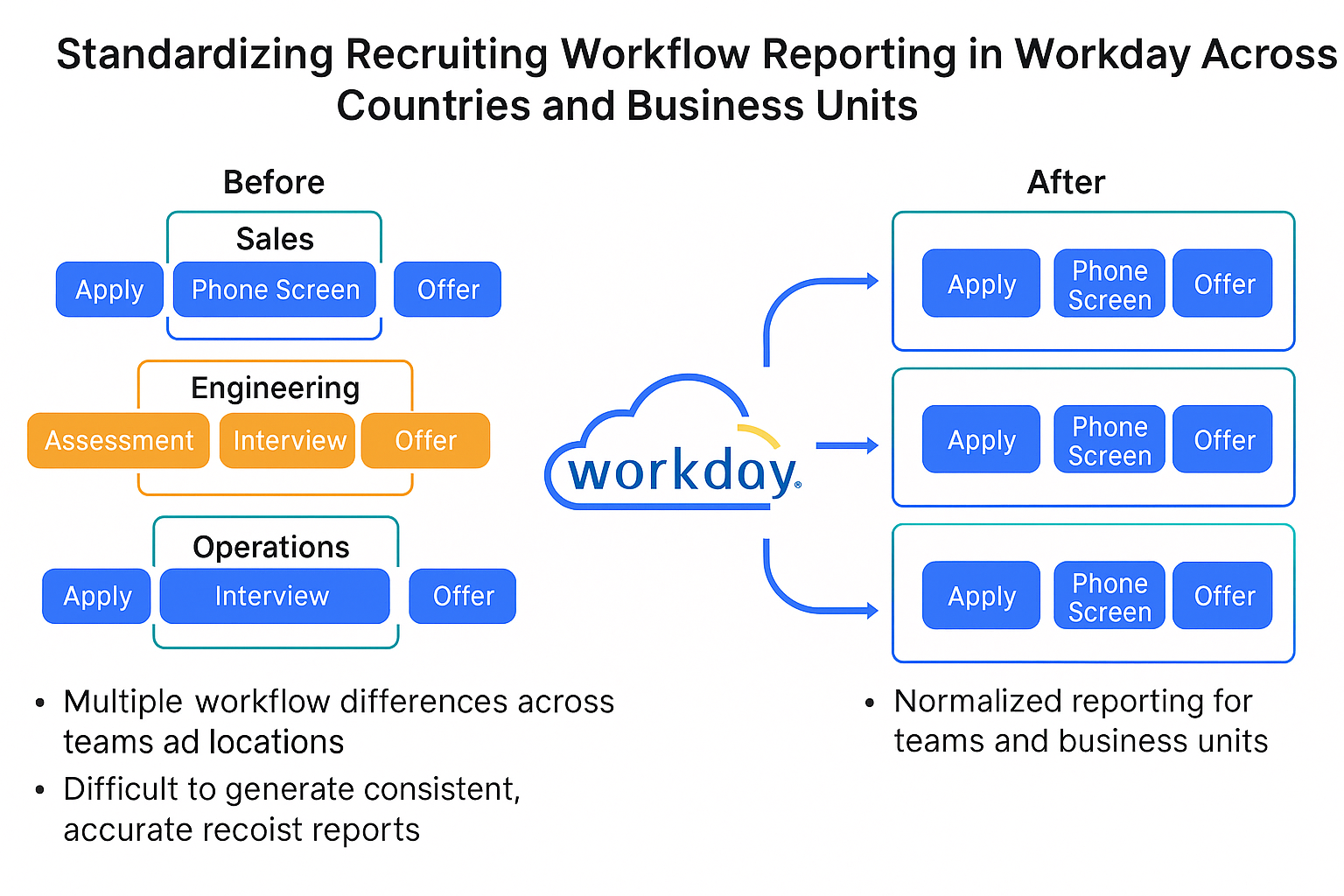
Let’s say you want to run a report that compares candidate pipeline velocity across Sales, Engineering, and Operations.
Here’s what typically happens in Workday:
- Sales has 5 stages: Apply → Phone Screen → Interview → Offer → Hire
- Engineering has 7 stages, including assessments and panel interviews
- Operations has only 3 steps, with no formal interview process
Workday stores each of these recruiting workflows separately, under different Business Process definitions. As a result:
- There’s no unified stage tracking across the org
- You can’t apply the same calculated fields or filters to different teams
- Reporting becomes fragile and difficult to scale
Even worse, if you operate across different countries, local hiring rules and compliance requirements introduce regional variation that adds even more complexity.
Why It Matters to TA and HR Analytics
Your team invested in Workday for its flexibility and enterprise features. But standardizing recruiting workflow reporting in Workday doesn’t require building new logic for every region or role.
- Time-to-fill becomes meaningless when stages differ by region
- Drop-off tracking breaks because you can’t compare inconsistent stage data
- Recruiting KPIs lose visibility at the executive level
- Teams revert to spreadsheets, exporting data for manual cleanup
For HR and TA leaders trying to make data-driven decisions, these limitations slow hiring, hide inefficiencies, and frustrate recruiters.
How CloudApper Solves the Workflow Variability Problem
CloudApper provides a platform that works alongside Workday to normalize, track, and report on recruiting data—regardless of workflow complexity.
Here’s how:
1. Workflow-Agnostic Stage Mapping
CloudApper lets you define custom stage maps that group similar steps across teams. So “Technical Assessment” in Engineering and “Panel Interview” in Sales can both roll into “Interview” in reporting dashboards—without changing your Workday configuration.
2. Real-Time Stage History Tracking
Every candidate’s movement through the funnel is tracked independently of Workday’s business processes. CloudApper records:
- Entry and exit timestamps for each step
- Time in stage
- Stage completion or skip logic
- User or system actor details
This creates a normalized reporting layer, even when internal workflows vary.
3. Unified Dashboards Across Teams and Countries
TA and HR leaders get a single view of:
- Stage-by-stage conversion rates
- Bottlenecks by team, geography, or recruiter
- Time-to-fill by region or job family
- Consistent funnel metrics across the entire org
All without rebuilding calculated fields or waiting on BI requests.
Grow Without the Reporting Pain
Custom workflows in Workday are necessary—but they shouldn’t block visibility. With CloudApper, you don’t need to sacrifice flexibility for consistency. You get accurate, real-time recruiting insights, no matter how your hiring process is structured across departments or countries.
Explore how CloudApper helps Workday customers unify recruiting reporting across complex workflows—contact us to learn more.
What is CloudApper AI Platform?
CloudApper AI is an advanced platform that enables organizations to integrate AI into their existing enterprise systems effortlessly, without the need for technical expertise, costly development, or upgrading the underlying infrastructure. By transforming legacy systems into AI-capable solutions, CloudApper allows companies to harness the power of Generative AI quickly and efficiently. This approach has been successfully implemented with leading systems like UKG, Workday, Oracle, Paradox, Amazon AWS Bedrock and can be applied across various industries, helping businesses enhance productivity, automate processes, and gain deeper insights without the usual complexities. With CloudApper AI, you can start experiencing the transformative benefits of AI today. Learn More
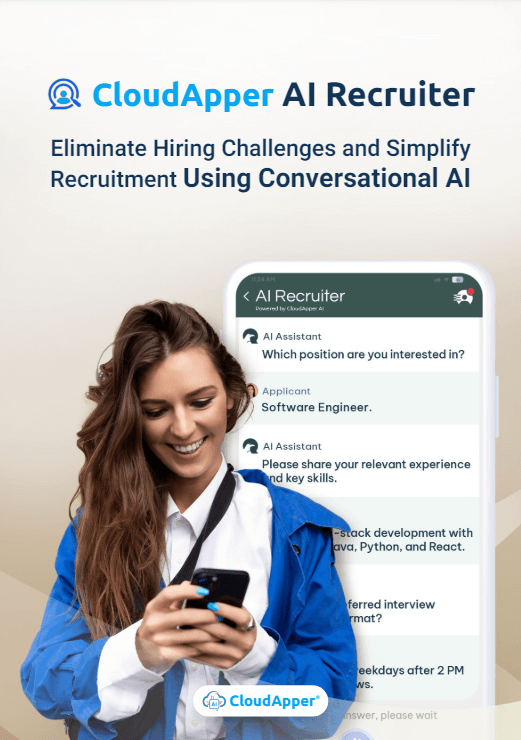
CloudApper AI Solutions for HR
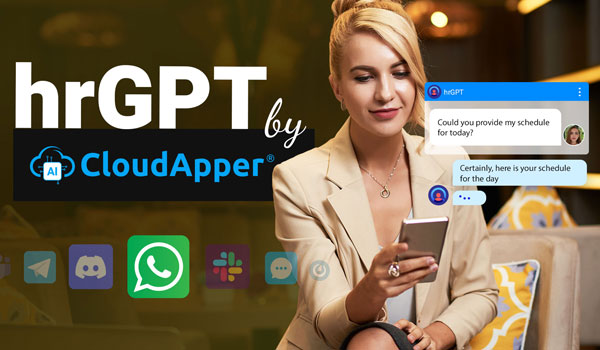
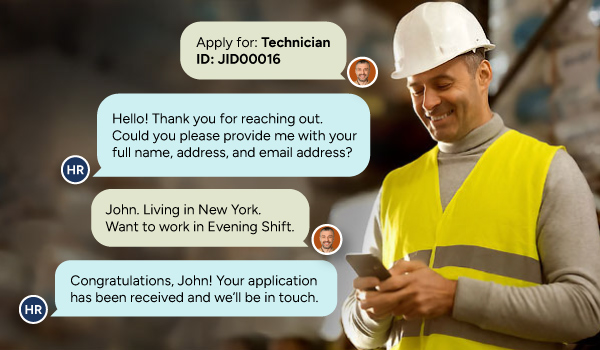

- Works with
- and more.
Similar Posts
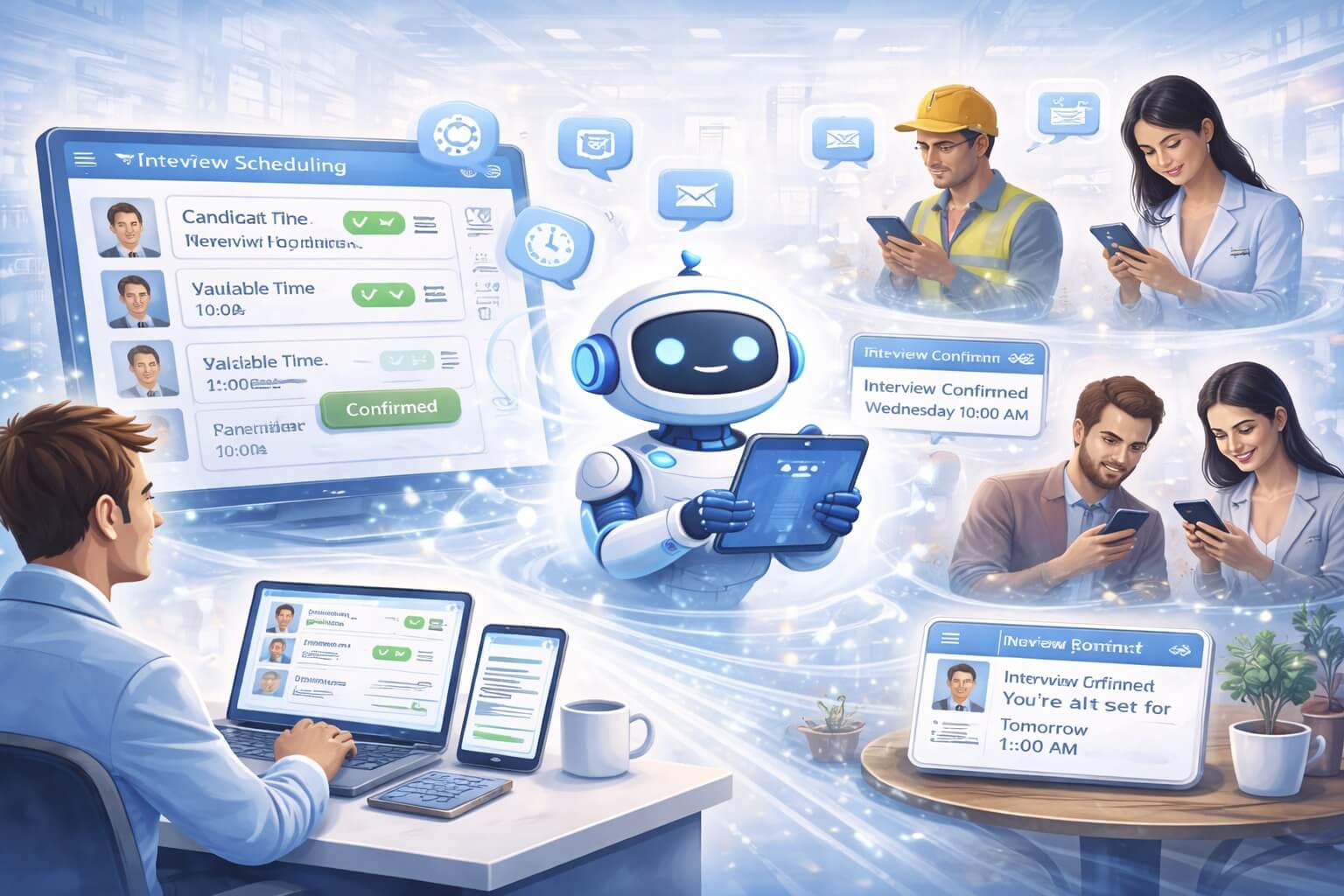
Stop Manually Scheduling Interviews: Automating Workday Coordination
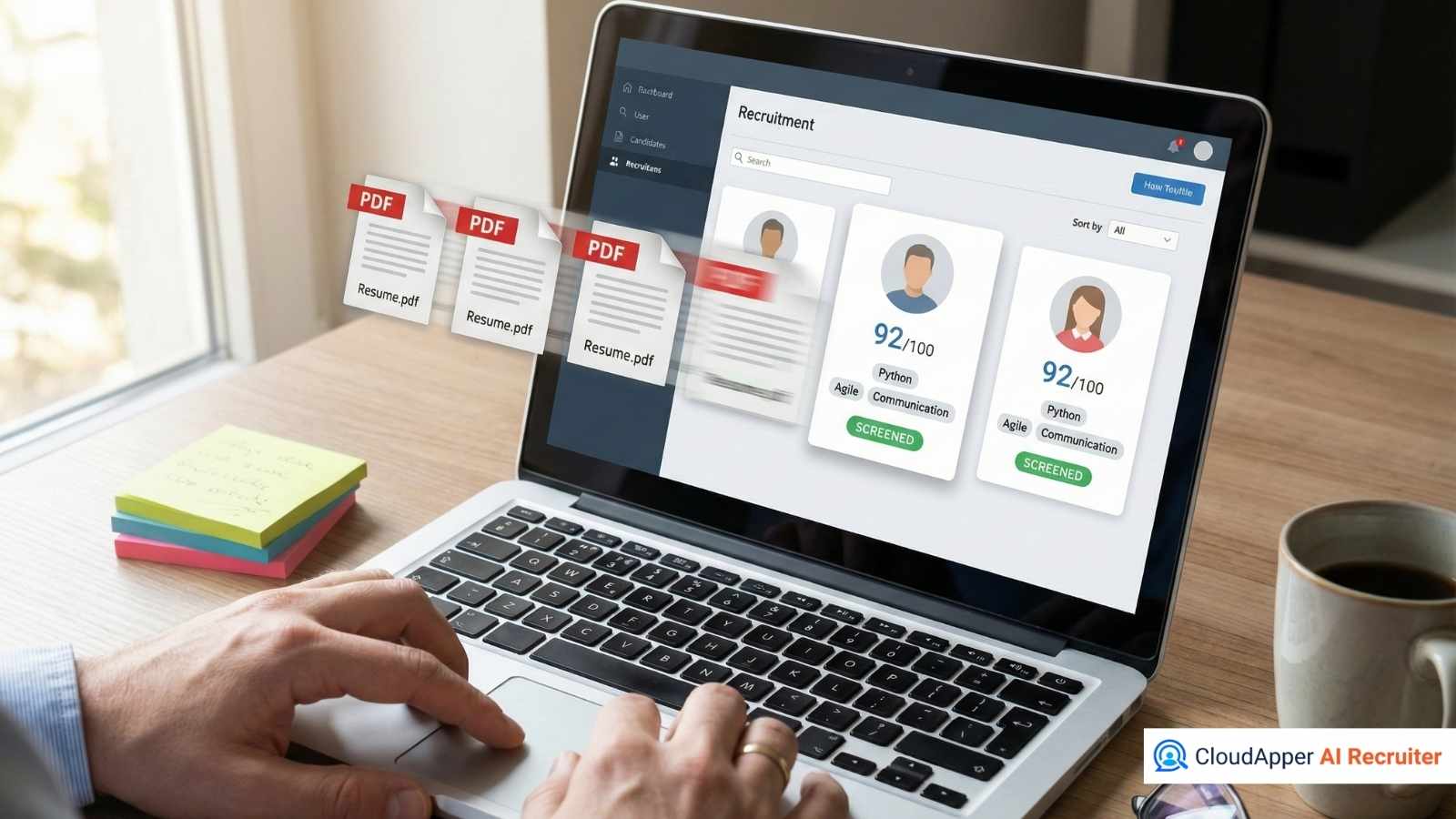
How to Shorten Time-to-Screen for High-Volume Roles
